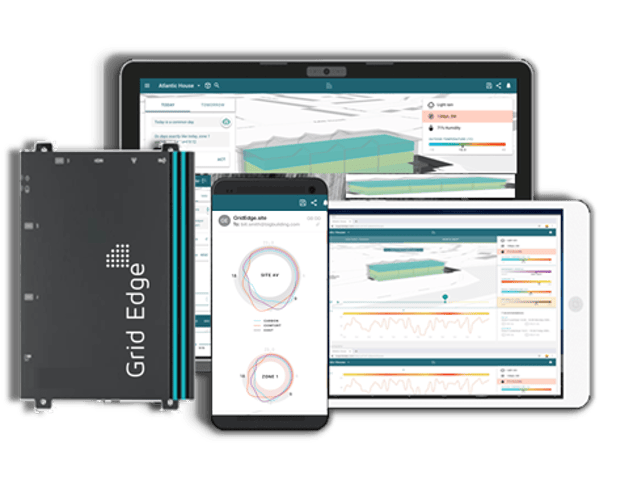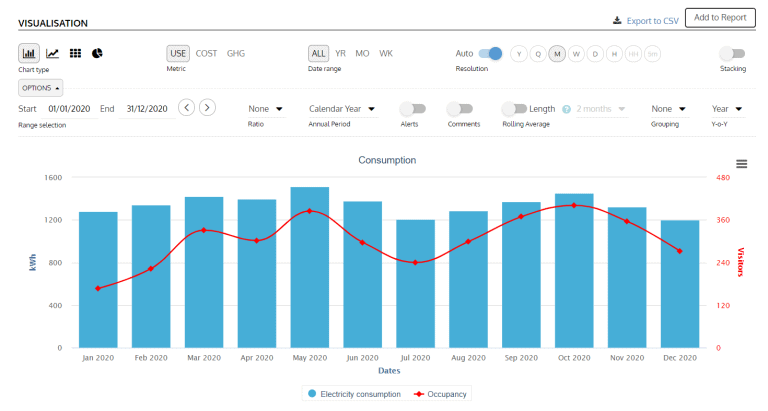Commercial building energy optimisation

Problem Addressed
With the building industry accounting for 40% of Europe’s energy demand (UNEP), reducing energy demand from building operations is the most cost-effective method to achieve net zero while directly improving the customer’s bottom line. But reducing energy demand must not come at the expense of building performance or comfort, meaning solutions must be able respond to changing and dynamic building conditions.
This solution was sourced in response to one of UKGBC’s past challenges on ‘Linking Building Occupancy to Energy Use’.
Case Study
Kent County Council’s Energy and Estates team has been working with Grid Edge to support their ambition to create a resilient and smart energy system. In Invicta House Grid Edge integrated solar power generation data with the buildings energy profile and created a digital twin and predictive model. The system discovered the HVAC system was running sub-optimally and there was inefficient out-of-hours consumption. A new HVAC strategy was deployed along with targeted energy strategies and energy demand management at peak solar levels, which all resulted in approximately 60% energy savings and an annualised cost saving of c.£30k. The return on investment was achieved within 12 months.
Facts and Figures
This page presents data, evidence, and solutions that are provided by our partners and members and should therefore not be attributed to UKGBC. While we showcase these solutions for inspiration, to build consensus, and create momentum for climate action, UKGBC does not offer commercial endorsement of individual solutions. If you would like to quote something from this page, or more information, please contact our Communications team at media@ukgbc.org.
Related
Fabriq OS

Improved monitoring and collaboration for property teams

Tech to help organisations manage their sustainability goals.

Software tool to analyse building operations

